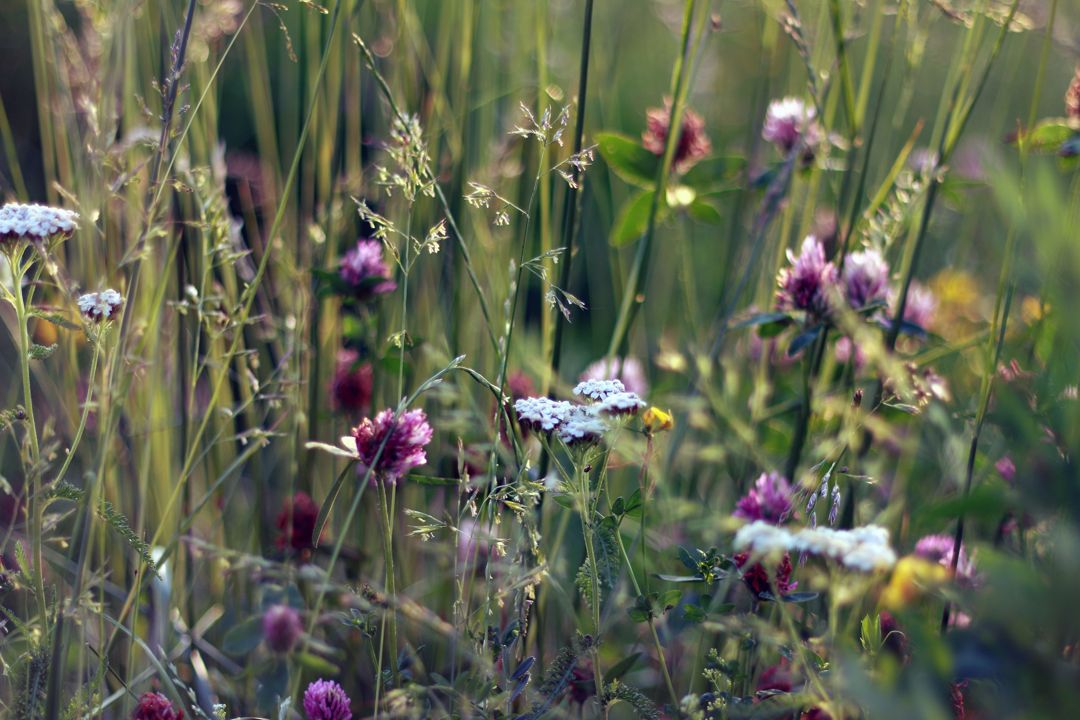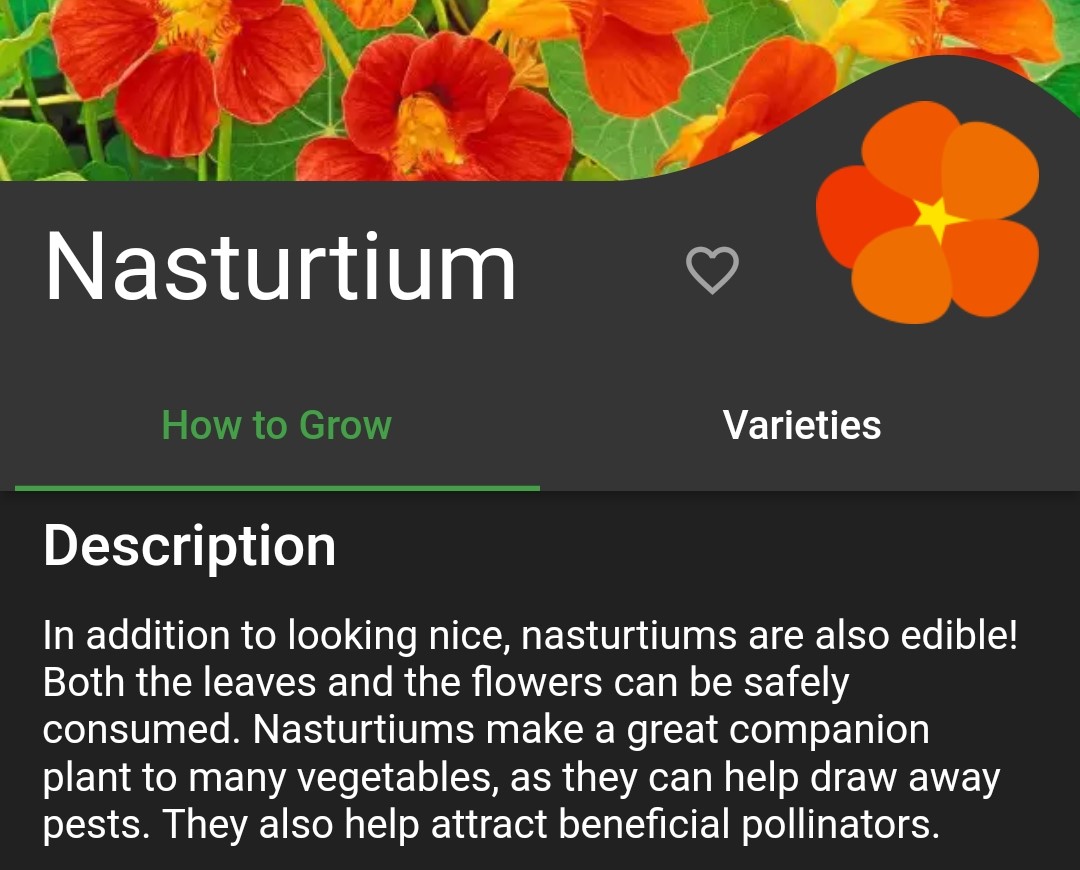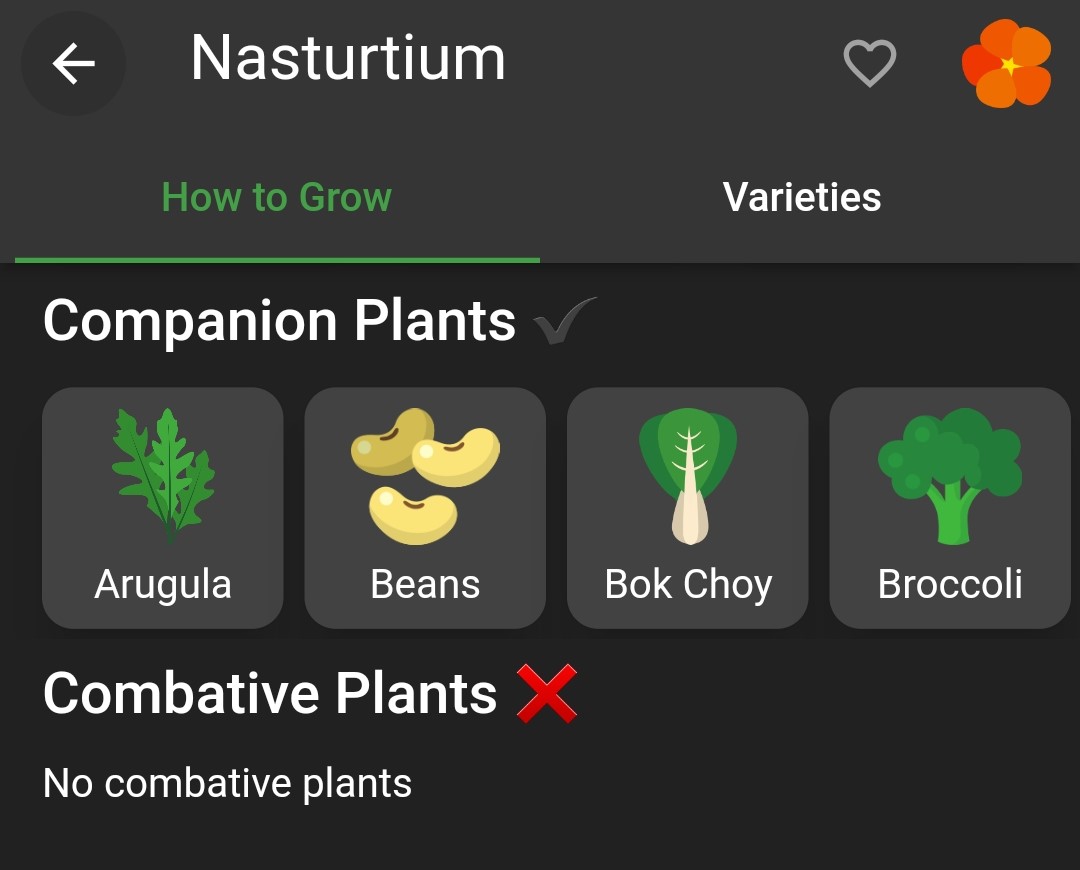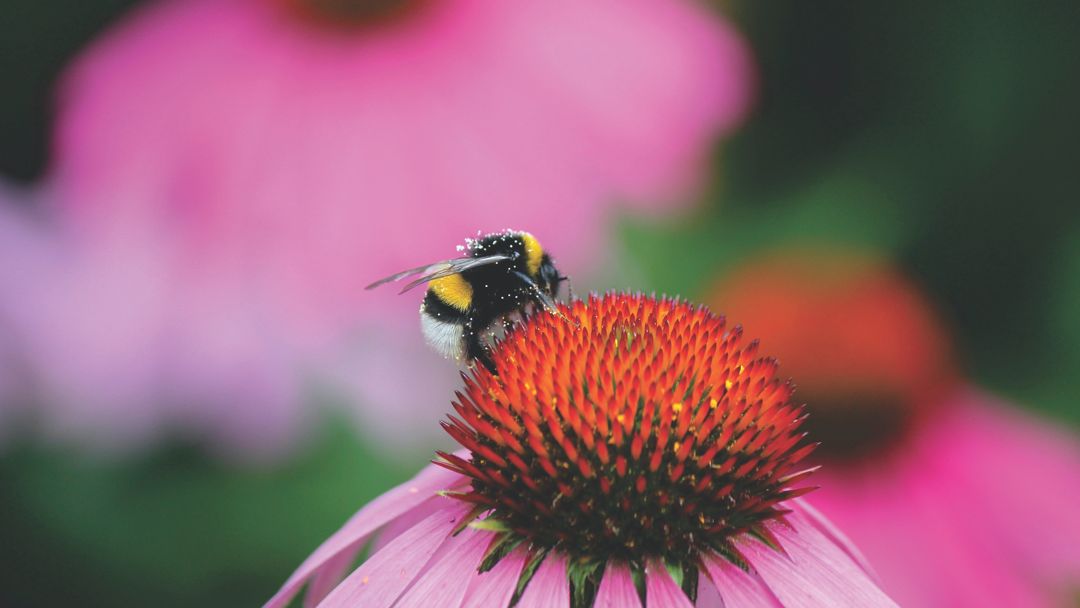Many types of plants depend on pollinators such as bees, butterflies, and hummingbirds to pollinate their flowers so they can produce fruit and seeds. To get the best harvests possible, there are steps we can take as gardeners to encourage more pollinators to visit our garden.
Why are pollinators important in the garden?
To understand why pollinators are important in the garden, we first need to understand which plants rely on them.
Self-pollinating plants, such as tomatoes and peppers, have complete flowers with both male and female parts. Pollen will fall from the male parts to the female parts with gravity and a breeze; they are not dependent on help from pollinators. Even though self-pollinating plants do not require pollinators to produce fruit, pollinators do help to ensure more complete pollination and better yields.
Wind pollinated plants, such as corn and wheat, do not need help from pollinators. Wind pollinated plants tend to be agricultural crops not as commonly grown in the home garden
Plants with incomplete flowers, such as cucumbers, squash, and melons, have separate male and female flowers. These plants depend entirely on pollinators to move the pollen from the male flowers onto the female flowers; they will not produce well if there are not sufficient pollinators around. Hand pollination is an option, and some gardeners will do this especially when saving seed, but it’s easiest to have pollinators take care of this job for you!
Some types of fruit trees and shrubs are ‘self-unfruitful’ which means they require another compatible plant of a different variety to cross-pollinate with. They cannot use their own pollen or pollen of any plant of the same variety to produce fruit and seeds. Others are ‘self-fruitful’ and can use their own pollen to produce fruit. Or, there are some that simply produce better with pollen from another variety. In all cases, pollinators play a key role in helping fruit trees and shrubs transfer pollen to produce fruit.
How to attract pollinators

Pollinators may not be there when we need them if we don’t make a safe and inviting space in the garden for them.
The first thing to consider is their habitat. Some types of bees need exposed soil to burrow in. Piles of logs, sticks, and leaves provide winter shelter, or you can buy or build “insect hotels” for this purpose. Pollinators also need a water source; ensure it is shallow with an area where they can walk up for a drink, and keep it sheltered from strong winds. Ideally avoid using pesticides, but if you are set on using them only do so when the plants are not in bloom to minimize the impact on pollinators.
Pollinators need flowers in the garden as a food source, but the types of flowers make a difference. Having a variety of native flowers with many different colors and petal shapes is very attractive to pollinators. Be aware that some ornamental flowering shrubs produce flowers that are sterile which do not provide any food for pollinators.
When planting flowers to attract pollinators, consider incorporating them directly in the veggie garden! Planting flowers amongst the vegetable plants offers many benefits. Not only can they attract pollinators, they can also attract other beneficial insects and ward off pests. Nasturtiums and borage are classic companion plants that attract pollinators, and they are also edible! Be careful not to plant invasive flowering plants such as mint in a space where you don’t want them to take over, though.
Planter has several types of flowers and flowering herbs listed and will tell you which vegetable plants pair well with them! If there is a type or variety missing, you can submit a request in Settings in Planter to have it added.


Attracting pollinators to your garden is a win-win. Help support pollinator populations and they will take care of the hard work of pollinating for you!
